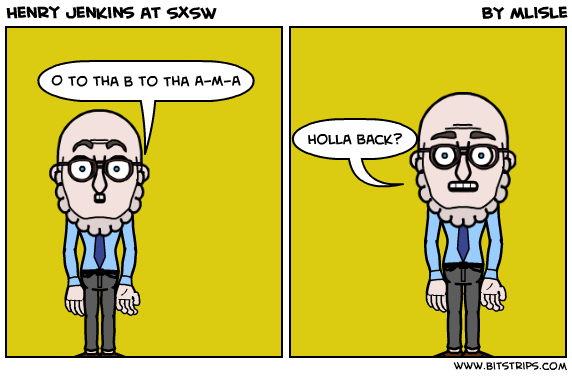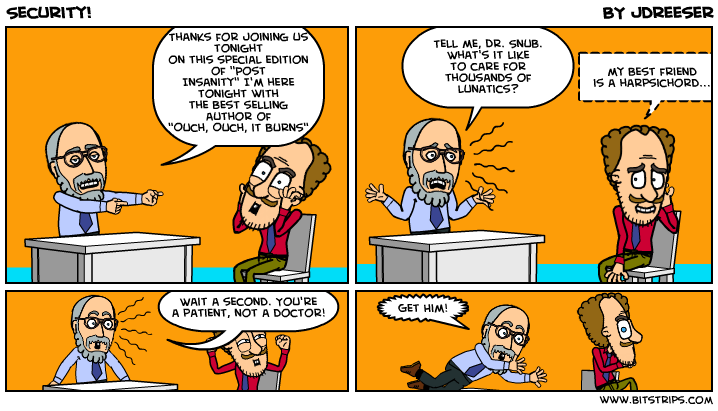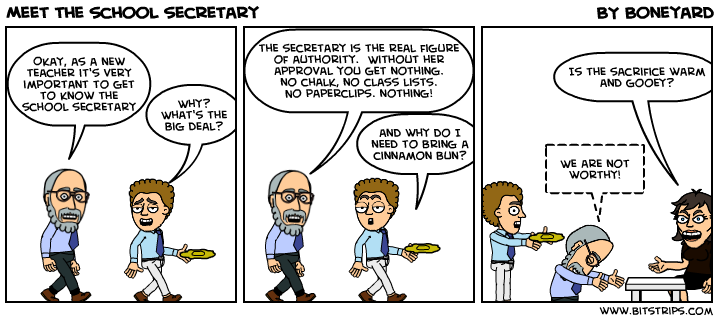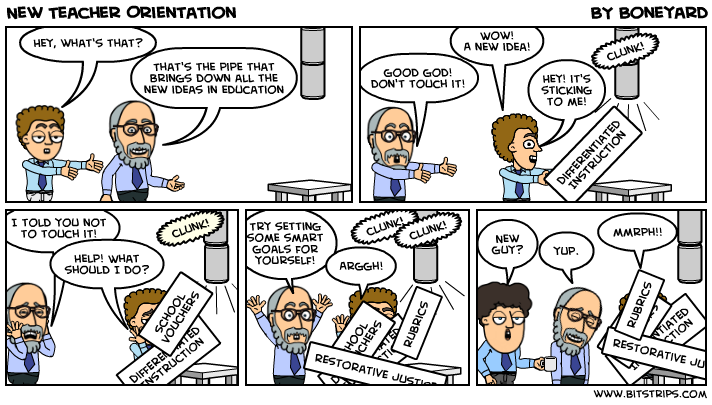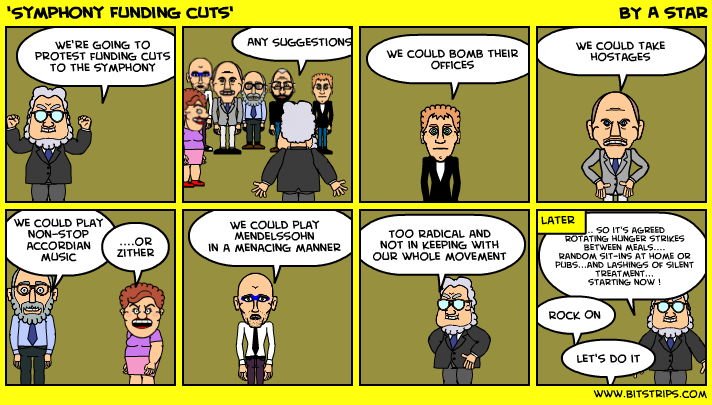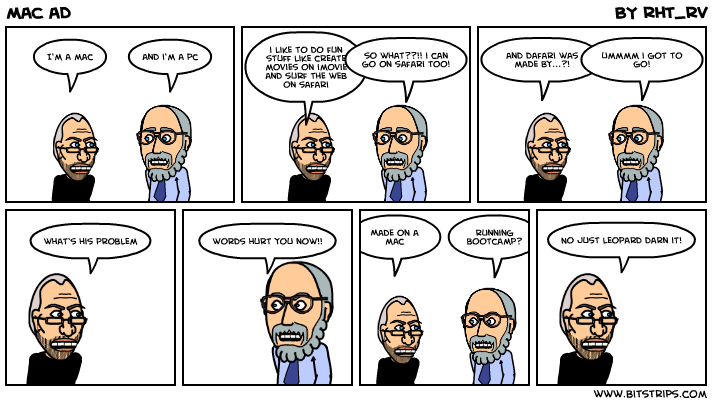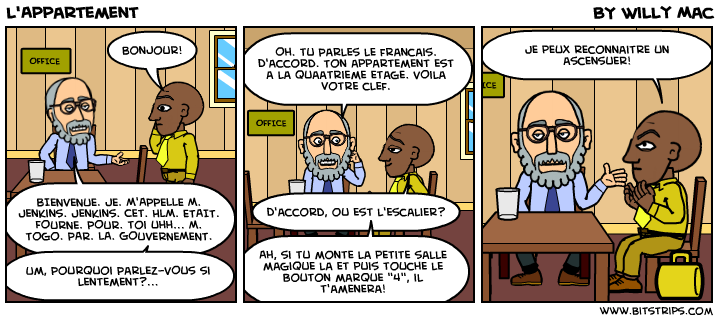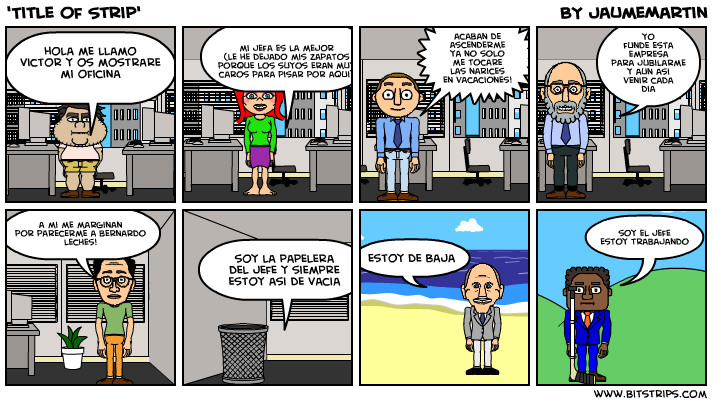My Mary Sue: What Fanfic Noobdom Reveals about Scholarly Methods
/This is the third in a series of "intimate critiques" or autobiographical essays produced by graduate students in the Comparative media Studies Program. This essay, in particular, works through some of the methodological issues we've been studying this term, having to do with what one sees as an ethnographer working inside or outside the group they are studying. It also connects to an ongoing conversation we've been having in the program about whether or not the concept of "fandom" can be applied to talk about our relationships to high art or middle brow culture. Here, Lana's essay explores how seeing Les Miz on Broadway made her an active and appropriative fan of a literary character, even if she saw what she was doing as somehow distinct from fan fiction. My Mary Sue:
What Fanfic Noobdom Reveals About Scholarly Methods
by Lana Swartz
When I was in the seventh grade, we went on a class trip to New York City. I attended a public arts magnet school, so our tour filtered the city into an art shrine. We went to all the museums, the concert halls, and of course, to see a Broadway show. It was 1993 or so, so Les Misérables was well into its long run at the Imperial Theater but had lost little of its gusto. I can remember thinking, a year or so later, that my life could be divided into two halves--the time before I saw Les Misérables and the time after. Yes, I actually did think that very phrase. I probably even wrote it down. Even now, as I joke about it, I don't want to describe what it was like to see the play because the doing the work of that describing would be too emotionally intense. Seriously!
And here is list item #1-- Be Respectful. See how terrifying this is? Everyone feels this vulnerable when they talk honestly about their lives. It is absolutely essential that we as qualitative researchers not cut corners, not totalize someone else's life to fit into our academic goals. As hard as it is write about our passions, to be prepared to present them to our peers, it is a lot more difficult to read what someone else has said about them. Joan Didion, that scary lady, once wrote, "Writers are always selling someone out." That may be unavoidable, but we can try. And maybe that's the difference between writers and scholars? And maybe we--and by "we," I mean, "I"-- can remember the paralysis I felt just a few paragraphs up when I tried to write about something very pleasant that happened close to fifteen years ago.
But okay here goes. The most important thing about Les Miz is that there is a character named Enjolras. Enjolras is not a main character. He's the leader of the young would-be revolutionaries who chastises a fellow would-be revolutionary, the dreamy Marius, for falling in love, as love simply distracts from revolution. Enjolras (he was played by Ron Bohmer--an actor whose autograph I currently possess) is tall and blond and uncompromising. He dies heroically, though, sadly, more as more of a symbol than an agent of change, atop the barricade, waving his big red flag. I was would say it was hot because is it ridiculously hot, but that would be a cruel understatement.
The rest of New York was a blur. The next thing I remember (at least in this reconstructed, narrativised memory) was being at home and tearing through Victor Hugo's novel. In the book, Enjolras was even better. Check out what old VH had to say:
Enjolras was a charming young man, who was capable of being terrible. He was angelically handsome. He was a savage Antinous. One would have said, to see the pensive thoughtfulness of his glance, that he had already, in some previous state of existence, traversed the revolutionary apocalypse. He possessed the tradition of it as though he had been a witness. He was acquainted with all the minute details of the great affair. A pontifical and warlike nature, a singular thing in a youth. He was an officiating priest and a man of war; from the immediate point of view, a soldier of the democracy; above the contemporary movement, the priest of the ideal. His eyes were deep, his lids a little red, his lower lip was thick and easily became disdainful, his brow was lofty. A great deal of brow in a face is like a great deal of horizon in a view. Like certain young men at the beginning of this century and the end of the last, who became illustrious at an early age, he was endowed with excessive youth, and was as rosy as a young girl, although subject to hours of pallor. Already a man, he still seemed a child. His two and twenty years appeared to be but seventeen; he was serious, it did not seem as though he were aware there was on earth a thing called woman. He had but one passion--the right; but one thought--to overthrow the obstacle. On Mount Aventine, he would have been Gracchus; in the Convention, he would have been Saint-Just. He hardly saw the roses, he ignored spring, he did not hear the caroling of the birds; the bare throat of Evadne would have moved him no more than it would have moved Aristogeiton; he, like Harmodius, thought flowers good for nothing except to conceal the sword. He was severe in his enjoyments. He chastely dropped his eyes before everything which was not the Republic. He was the marble lover of liberty. His speech was harshly inspired, and had the thrill of a hymn. He was subject to unexpected outbursts of soul. Woe to the love-affair which should have risked itself beside him! If any grisette of the Place Cambrai or the Rue Saint-Jean-de-Beauvais, seeing that face of a youth escaped from college, that page's mien, those long, golden lashes, those blue eyes, that hair billowing in the wind, those rosy cheeks, those fresh lips, those exquisite teeth, had conceived an appetite for that complete aurora, and had tried her beauty on Enjolras, an astounding and terrible glance would have promptly shown her the abyss, and would have taught her not to confound the mighty cherub of Ezekiel with the gallant Cherubino of Beaumarchais.
And then, comparing him to his comrade:
Enjolras was a chief, Combeferre was a guide. One would have liked to fight under the one and to march behind the other. It is not that Combeferre was not capable of fighting, he did not refuse a hand-to-hand combat with the obstacle, and to attack it by main force and explosively; but it suited him better to bring the human race into accord with its destiny gradually, by means of education, the inculcation of axioms, the promulgation of positive laws; and, between two lights, his preference was rather for illumination than for conflagration. A conflagration can create an aurora, no doubt, but why not await the dawn? A volcano illuminates, but daybreak furnishes a still better illumination. Possibly, Combeferre preferred the whiteness of the beautiful to the blaze of the sublime. A light troubled by smoke, progress purchased at the expense of violence, only half satisfied this tender and serious spirit. The headlong precipitation of a people into the truth, a '93, terrified him; nevertheless, stagnation was still more repulsive to him, in it he detected putrefaction and death; on the whole, he preferred scum to miasma, and he preferred the torrent to the cesspool, and the falls of Niagara to the lake of Montfaucon. In short, he desired neither halt nor haste. While his tumultuous friends, captivated by the absolute, adored and invoked splendid revolutionary adventures, Combeferre was inclined to let progress, good progress, take its own course; he may have been cold, but he was pure; methodical, but irreproachable; phlegmatic, but imperturbable. Combeferre would have knelt and clasped his hands to enable the future to arrive in all its candor, and that nothing might disturb the immense and virtuous evolution of the races. The good must be innocent, he repeated incessantly. And in fact, if the grandeur of the Revolution consists in keeping the dazzling ideal fixedly in view, and of soaring thither athwart the lightnings, with fire and blood in its talons, the beauty of progress lies in being spotless; and there exists between Washington, who represents the one, and Danton, who incarnates the other, that difference which separates the swan from the angel with the wings of an eagle.
Yes, I know that Hugo writes in long paragraphs, and I know that I have done little to summarize them, and I know that this is supposed to be a five page paper, but when the opportunity arises to direct a reader--even a solitary one--to the experience of the description of Enjolras, I can't resist.
But back to the story. Basically, I was in love. Certainly more in love than I'd ever been at 11 or 12, but, honestly, the feeling would certainly hold up against a few grown-up boyfriends I'd later claim to love. I felt almost immediately that Enjolras needed a woman. Someone... someone like me! Except better! Someone worthy of him. And this is where it gets embarrassing. I began to write stories that I thought belonged in the book, about a character that I thought, too, belonged in the book. Someone with, uh, long red curly hair and brilliant green eyes. Someone with a firey personality who must overcome her own pampered upbringing to come to understand the true meaning of the revolution. God! This is embarrassing. Knowing what I know now... You see, this person, this character I lovingly created and cared so much about? There's a word for it. It's not a nice word, either. Mary Sue.
Okay this is where I'm going to jump back into my list. #2 Don't be afraid to be stupid or wrong or look silly. All semester, I have been terrified to put things in writing, even on our class's weekly forum postings. When we write things down, they become relatively permanent. That which is posted to the internet should be thought of as never going away. But the fact is, we were all noobs once. Noobs to fanfiction. Noobs to scholarship. But we have to start somewhere and not be afraid to do so. Graduate studentship is nothing if not institutionalized noobdom. Also, fear leads to boring scholarship. What if Clifford Geertz or certainly Erica Rand had been afraid of looking silly? The earliest media thinkers at MIT--Bush, Wiener, and certainly the later Stallman and Negroponte--were objectively "wrong" about many things, but that doesn't mean that their work and the ideas generated around their work, even (and especially) when those ideas pointed out problems, were useless. I know this all sounds simplistic and obvious, but I think that it should be acknowledged that doing academic work is scary. One feels vulnerable even when one is not writing about their own life, their own Mary Sue.
Did I ever get past my fanfic noobdom? Not really. I never wrote a non-Mary Sue fanfic story. I never really even became part of a fan community. I searched AOL profiles, because that was how I accessed the internet, and found someone named Heather. She was about my age and into the same things I was--Les Miz, War and Peace--and we both hated the same things--The Phantom of the Opera, anything having to do with the 1960s. In War and Peace, she liked Pierre and I like Andrei, who I saw as an iteration of the Enjolras archetype (a complex a very different iteration, an Enjolras without a cause). We had long IM conversations where we pretended that Pierre and Andrei had been transported to the future, were married to us, and fought over the Sizzler buffet was a good place to eat (Pierre says yes, Andrei said no).
But back to Angelique. Yes. Angelique. That was her name. Angelique de Cadinet. Did I mention that she was beautiful? And rich? And feisty... it's so obvious now. Heather did not point out that Angelique was a Mary Sue. We didn't really have that vocabulary. Though we didn't know what to call it, and we didn't know how to contextualize it as a larger cultural practice, we brushed up against fandom, but not usually very good fan fiction. Heather and I regarded those we met online who wrote Les Miz fanfic as lame. Of course, most wrote stories centered around Eponine, a character we did not like, and paired her romantically with Marius, a relationship of which we did not approve. Because we regarded this subject matter as immature at best, we looked at our own work as somehow more legitimate. I know now, of course, it's pretty common for fandoms to split off into sub-fandoms in which certain relationships are verboten and that our persnickety preferences made us more like fan than less like them. In fact, we probably would have been able to criticize the Eponine stories as Mary Sue stories. Mine was, too, but maybe if I had been more overtly part of fan discourse, I would have been able to get past that.
Which brings me to lesson #3-- Do your research and be merciless about your limits. Certainly, it is possible to get away with dilettantish knowledge when you are working outside the expertise of your audience. When I told people about my experience, I didn't have the discourse to say fan or fanfic, so I would engage them in my experience on terms I felt were appropriate to the situation. Maybe I wanted to relate that I was a passionate but a quirky literary type person. Or maybe I'd use Enjolras or Prince Andrei to describe the kind of guy I liked, or the kind of guy I didn't ever want to date again. Or maybe I'd frame it with a little hipsterish irony--what strange creatures we all were in our adolescence. Once, I was able to charm the professor of a Russian literature class into a better grade than I probably deserved on a paper by describing my Prince Andrei thing. Anyone cares that much about Tolstoy probably deserves another 5 points added to their grade, right? I even got some scholarship money for an essay I wrote about Angelique as "an influential person" in my life. In most cases, the novelty of my experience was a foregrounded. But at some point, all dilettantes will encounter someone who can see right through their bullshit, even if isn't bullshit so much as lack of due diligence (though sometimes they amount to the same thing).
Years later, as a post-college almost grown-up person, I came in contact with academic writing about fandom and I began to realize that what I had been doing with Les Miz and War and Peace was a lot like fandom. I even began to consider myself a fan, even though my actual experience with fandom was clearly very limited. I even applied to CMS in part because I was excited about the way thinking about fandom liberated other kinds of thinking. The fan (perhaps as a metaphor?) reconciled and clarified a lot of frustrations I had-- about how to acknowledge the emotional stakes we all have in the work, about appropriation and authorship, and about cultural hierarchies. Does this make me an acafan? Right now, I would feel a lot more presumptuous about saying yes than I would have a year ago.
It began to be clarified when I came to visit CMS at MIT5. I was sitting in an Au Bon Pain with some aca-fanboys. We were talking about--of course--fandom. I cutely (I thought) told my Angelique story. Everyone laughed. I caged the whole thing with enough "Ah, youth" to get away with it. And then one of the acafan-boys asked, "So you wrote Mary Sue stories?" Everyone laughed again and I faux-solemnly admitted to it. But the thing was, I had no idea what he was talking about. Dear reader, imagine the fate that would have befallen me if I had dared--DARED--to enter into some sort of research with that kind of hubris? Imagine, even, if it had been aca-fangirls that I was casually talking to? The gender dynamic is another issue entirely, but the question still stands.
Clearly, this lesson (as I hope all in this paper do) applies to entering any kind of community. For me, a Mary Sue in fandom puts the matter under scary fluorescent lights. Perhaps this is why so many writers, before talking about fandom, include a disclaimer or caveat about the extent to which they might be considered fans. We might assume that (and this would follow the logic of Camille Bacon-Smith's work) that it's because they're nervous about associating themselves with a marginalized subculture. But it may be (and this would follow the logic of many fan reactions to Camille Bacon-Smith's work) that the writers are justly nervous about overstating their level of insider status. Fans have the ability to write back. And they're often really good at it. What if all ethnographers worked were required by their "subjects" to be so responsible?
The mention of Bacon-Smith's work brings up another point. #4 The kind of answers you get depend on the kind of questions you ask. A lot of what happened between Angelique and I (if I can put it that way) impacted my adolescent development. Angelique, as is the partial definition of Mary Sue characters, was a stand in for me. And though she was beautiful and rich and French and perfect, she was sort of like me. Or like the me I wanted to be. Particularly, Angelique was sexual. And everyone (yes, everyone) wanted to have sex with her. And she usually went for it. Through her, I was able to imaginatively play with my own emerging sexuality. "Being" her in fiction enabled me to actually get closer to being like her. I was able to play with my identity and reflect upon the way I conducted myself in my everyday life. What Would Angelique Do? This experience resonates with James Paul Gee's idea of "projective identity" in gaming. I was able to, as Gee describes, "project [my] values and desires onto the virtual character" and "see the virtual character as [my] own project in the making." Writing and thinking about Angelique, and her indeed her life after Enjolras's death, allowed me to have an immersive experience in which I questioned and projected my own sexual values and lifestyle as I hoped and expected it would be.
Between Heather and I, it was a way of interacting with texts socially. But it was definitely not for, as Bacon-Smith writes, "mutual healing, for protection from the outside, or to ponder the most pressing questions of our lives." I was learning something about how to be myself, but I wasn't converting the risks I'd have to take as an emerging adolescent into fanfiction. There was pain, yes. I walked around everyday with the pain of Enjolras's death in my heart, and to a lesser extent the pain of not being the same world as him. To be honest, I sometimes thought I was crazy! But the purpose of entering into that world was certainly not to ask, ask Bacon-Smith suggests of the fans she studies, "why does life hurt so much?"
Yes, my narrative might have fit into my understanding of Bacon-Smith's schema--a kinda' nerdy 7th grader uses fanfiction and (a two person, in this case) community to sublimate the fear of my own emerging identity as confident sexual being--but it doesn't really ring true for me. And, more importantly, it doesn't really ask the questions I'm most interested in. As someone who is most interested in the social and cultural process of fandom, my own story looks, at least until I start asking new questions, to be too psychological oriented to be of much interest.
As I interrogate even my own experience, I am compelled to look at things more culturally and less psychologically. Sometimes, as is true in this case, those questions push me beyond my personal experience. And I have to remember that all data points, even mine, are singular and thus may not individually reflect the most interesting aspect about a given phenomenon. #5 Your own experience should not limit the kind of thinking that you do.
In retrospect, it seems possible that, if Heather or I were aware of the word at all, we thought of the Eponine/Marius stories we detested as fan fiction and our own process as something else, something more "original." During that time of my life, I wanted to be a writer, and I wanted to be able to publish my finished work as my own sovereign creation. I know now that I was caught up in notions about authenticity and authorship that I would probably feel a lot more ambivalent, at the very least, about today. I thought that in order to make my work real, to make it count, I would have translate it into something unrecognizable as rooted in Les Miserables. I tried everything--converting it to the American Revolution but keeping the characters essentially the same, which didn't really work because that time period just didn't do it for me. Eventually, I began to get bored. I knew what I was writing would never be publishable, and my interest began to drift. If Heather or I had made the write social connection with the right fan--or perhaps if Les Miserables or War and Peace had a larger fandom--I would have found the community to help me appreciate the value of the appropriative work that I was actually doing, but I didn't. My idiosyncratic experience limited me from extracting--at least not until years later--some of the more intriguing potential meanings I could have made out of it.
Heather and I remained in touch, but we began talking about other things--starting High School, getting involved with new kinds of music and subcultures. Soon I wanted to be Courtney Love or Kim Deal, the amazing female bass players from the Pixies. And soon after that I wanted to be Joan Didion. Funny, now, at 26, I find myself again needing a fictionalized avatar self. Maybe she could give me direction toward one of these careers--and, really, lifestyles--that do not yet exist. Got any suggestions? Another methodological journey never hurt anyone
Deja Elana Swartz
University of Florida, BA English, 2002
Deja Elana Swartz grew up on a houseboat in Miami, Florida. She graduated with a B.A. with Highest Honors in English from the University of Florida in 2002. After graduation, she taught high school English in Houston, Texas as part of Teach For America. She's also worked in nonprofit development and in autism education and research.
Here at CMS, she is a researcher specializing in learning and user insights at Project New Media Literacies and serves as the liaison to the Harvard GoodPlay Project. She is fascinated by taste-making. Her own tastes currently include nail-art, knock-off fashion, fast food breakfast sandwiches, soap opera comic strips, and Tolstoy.

